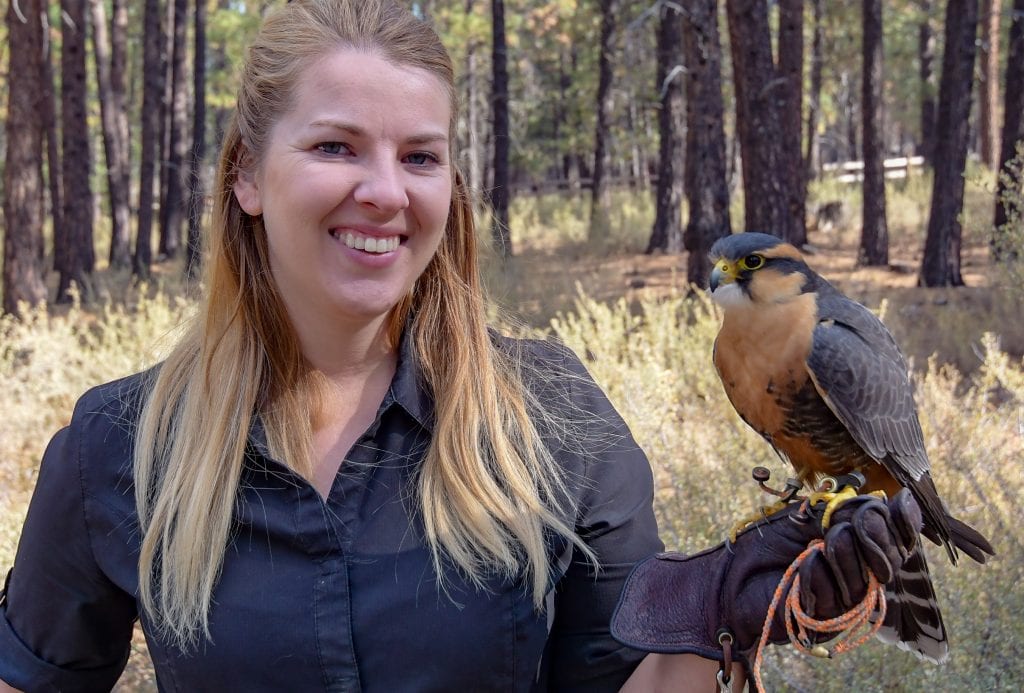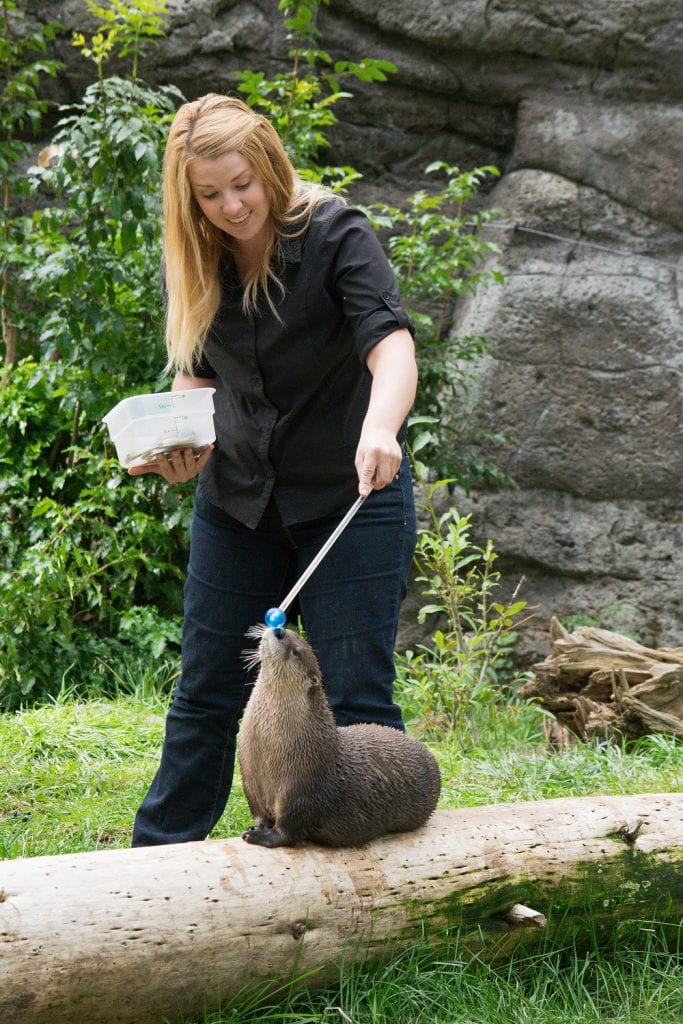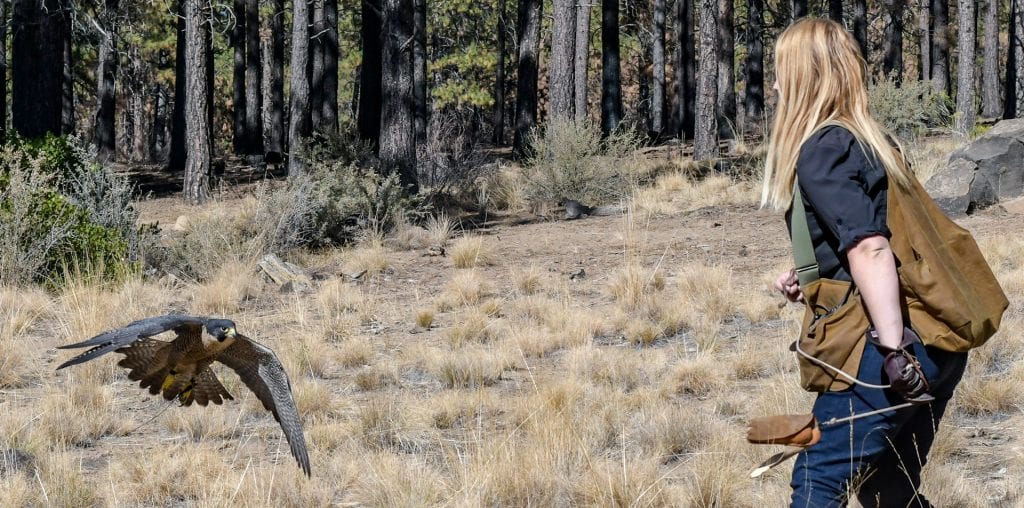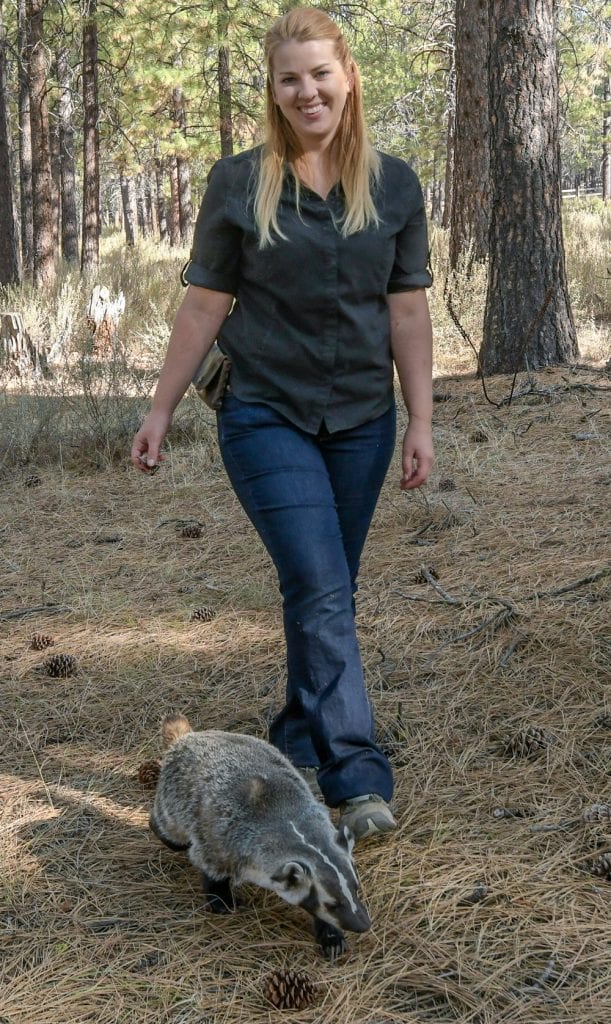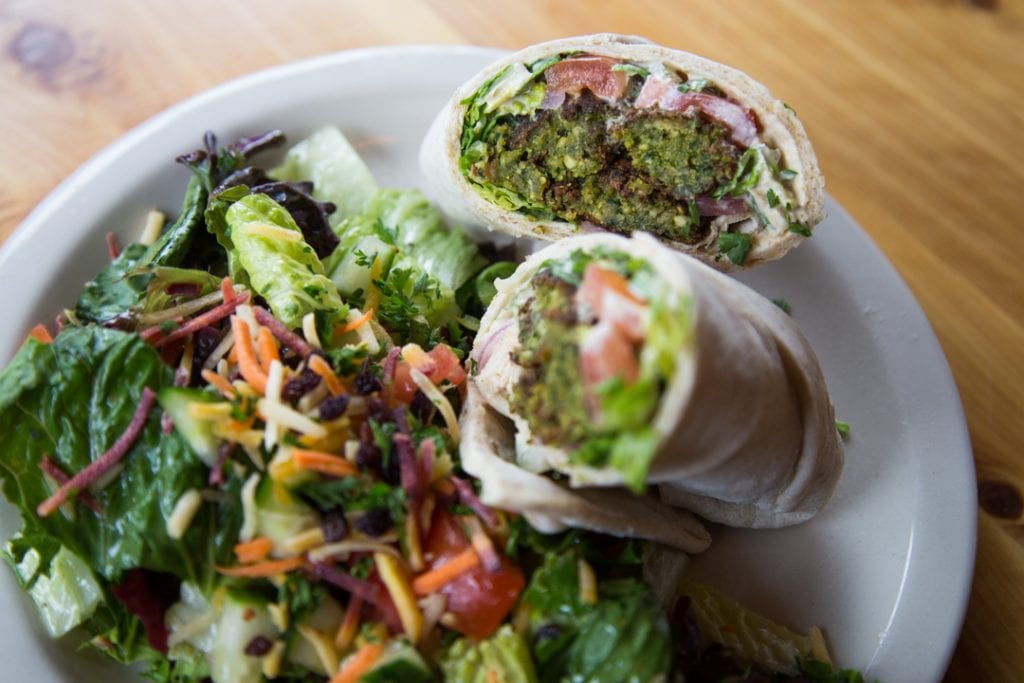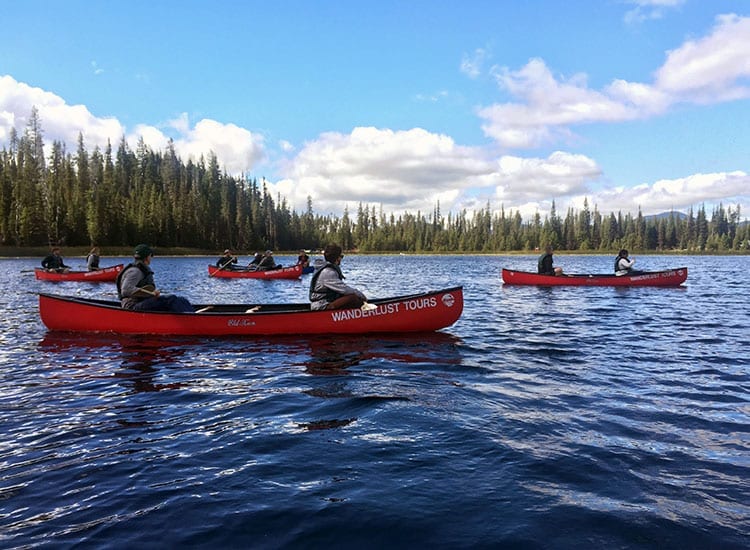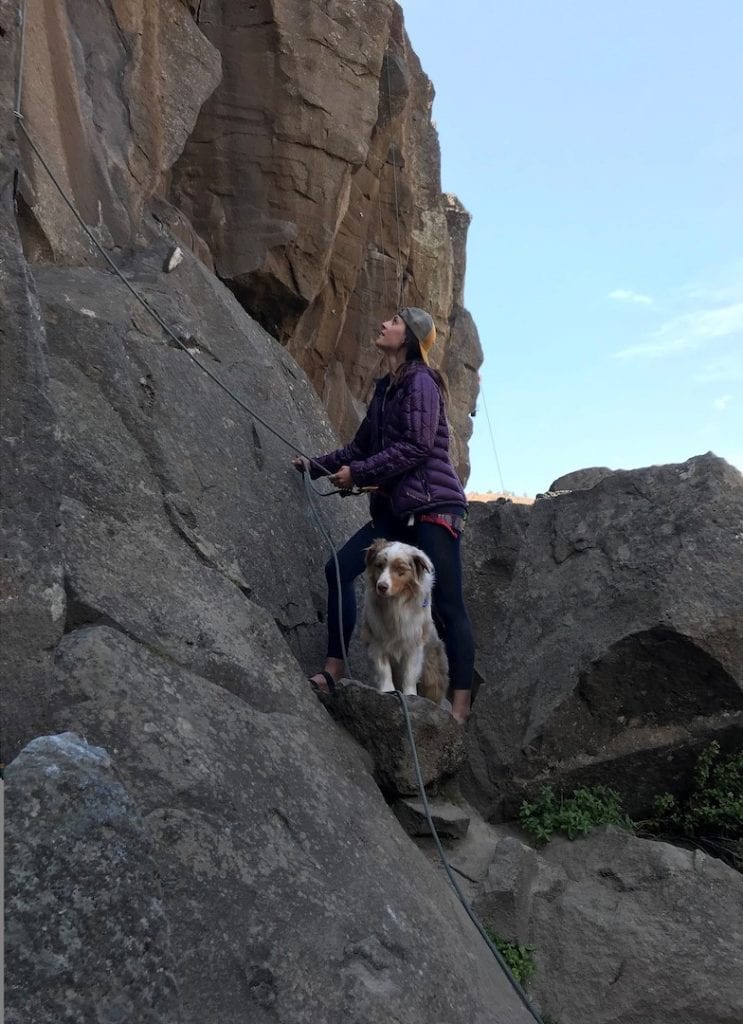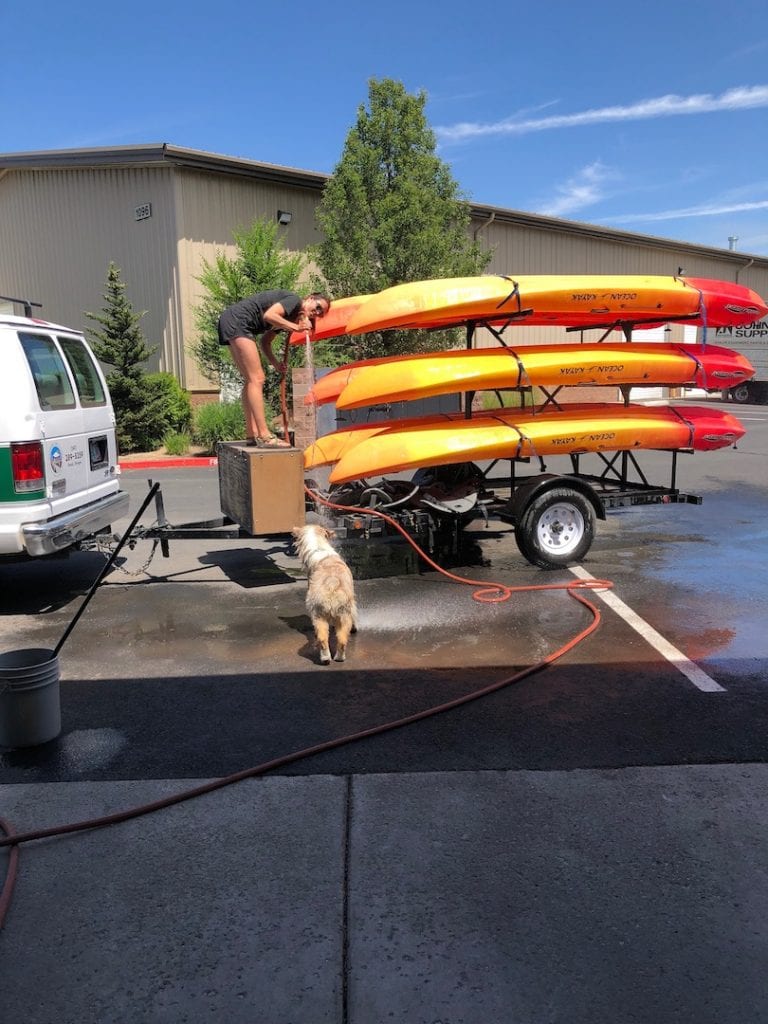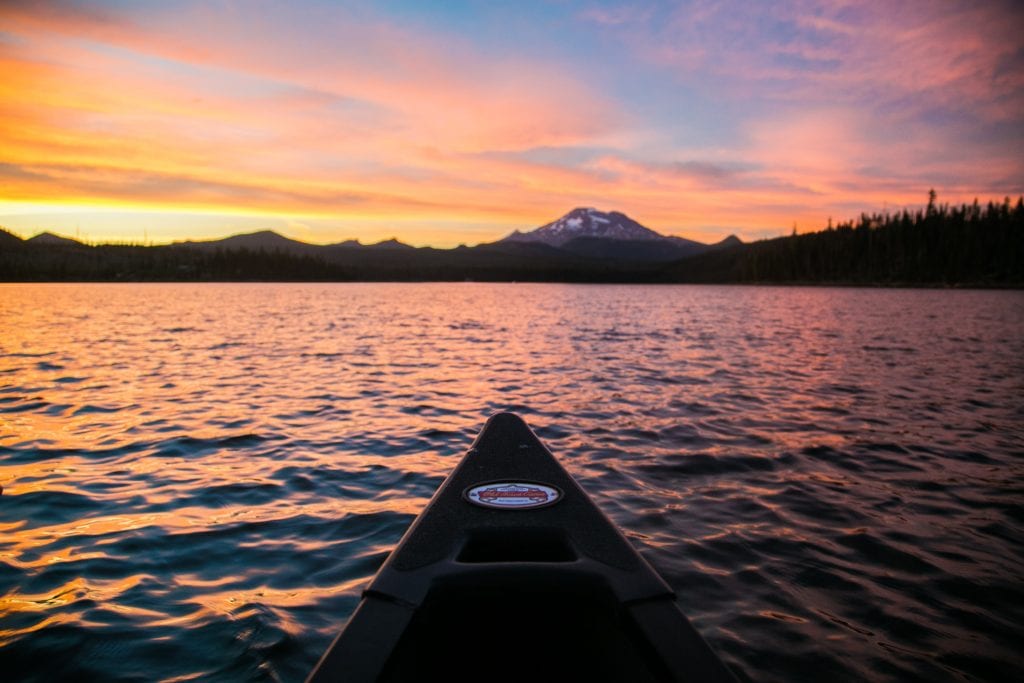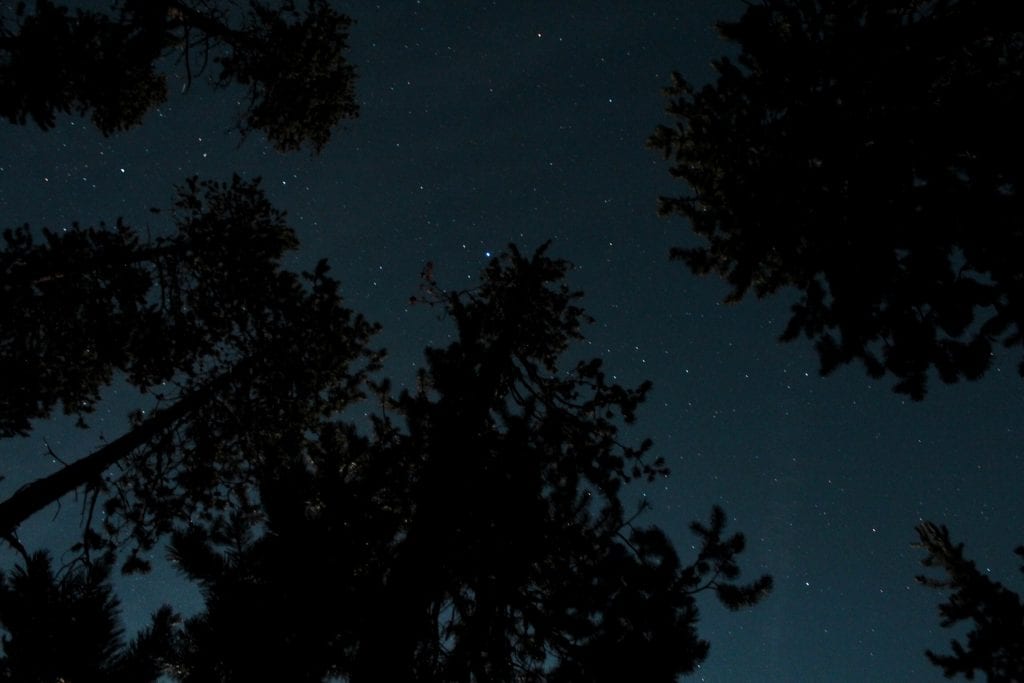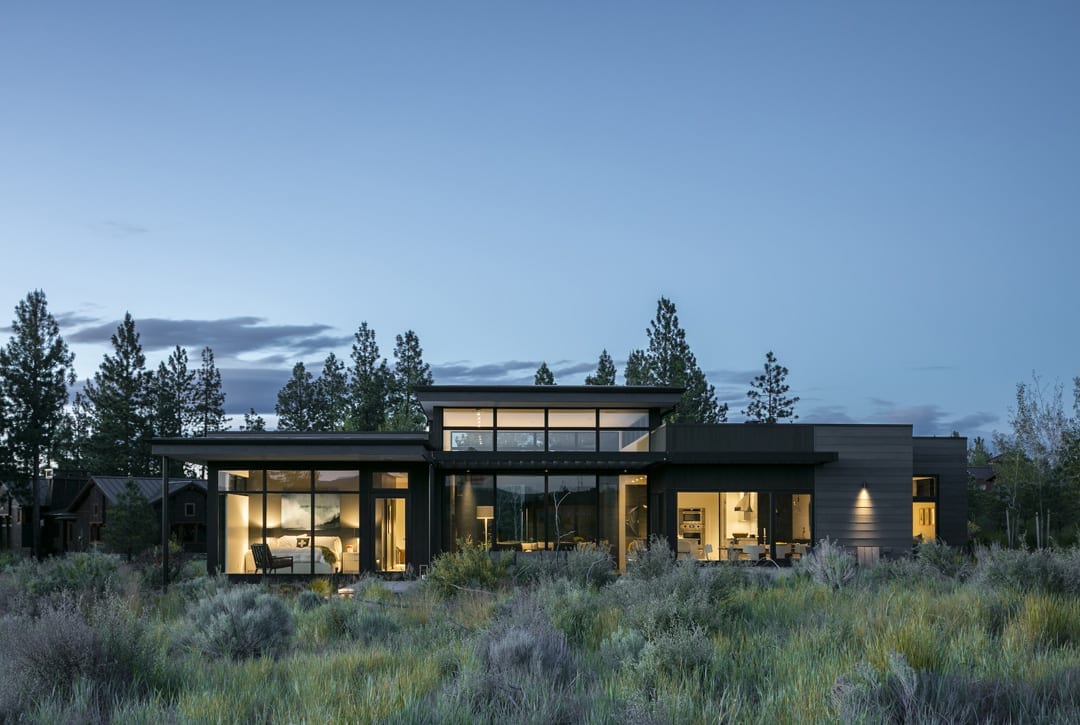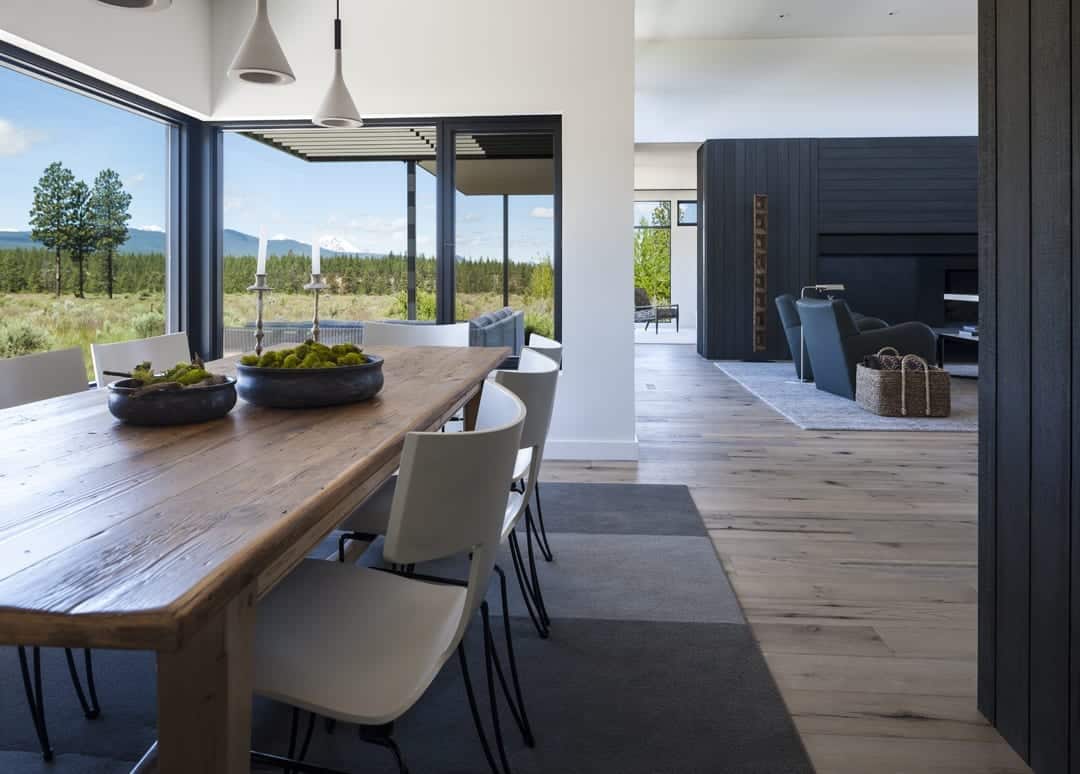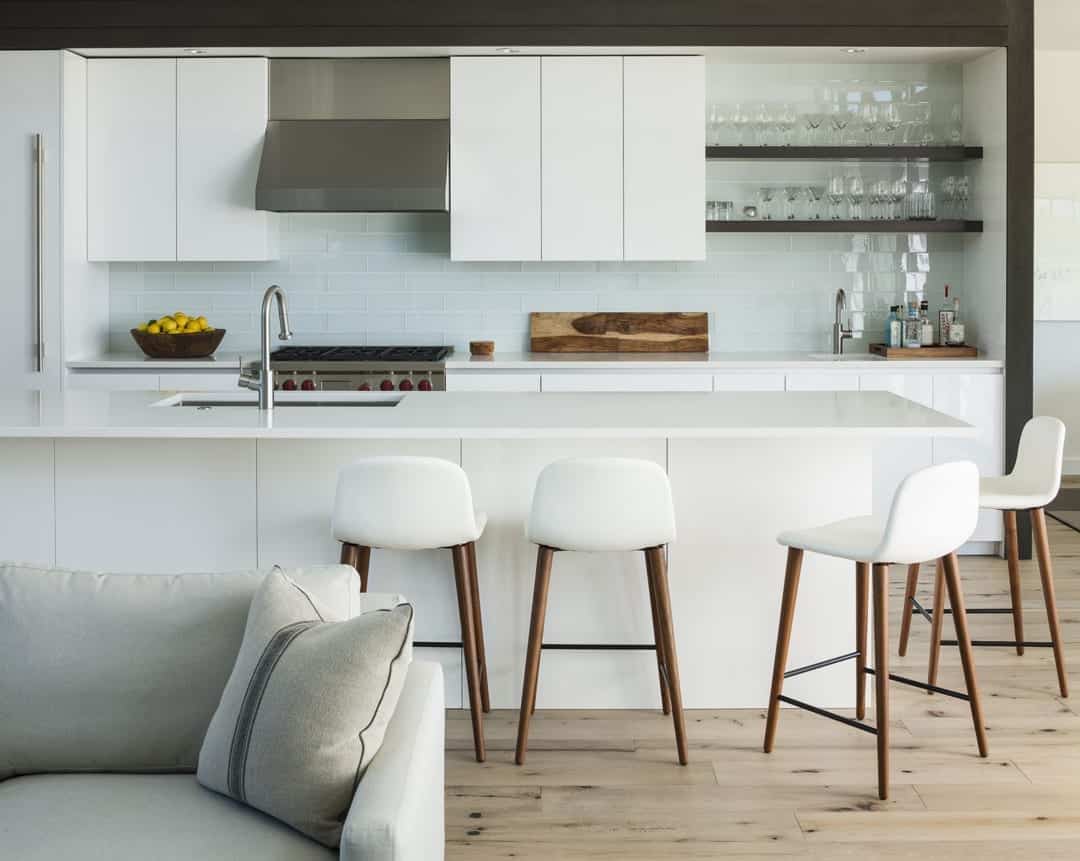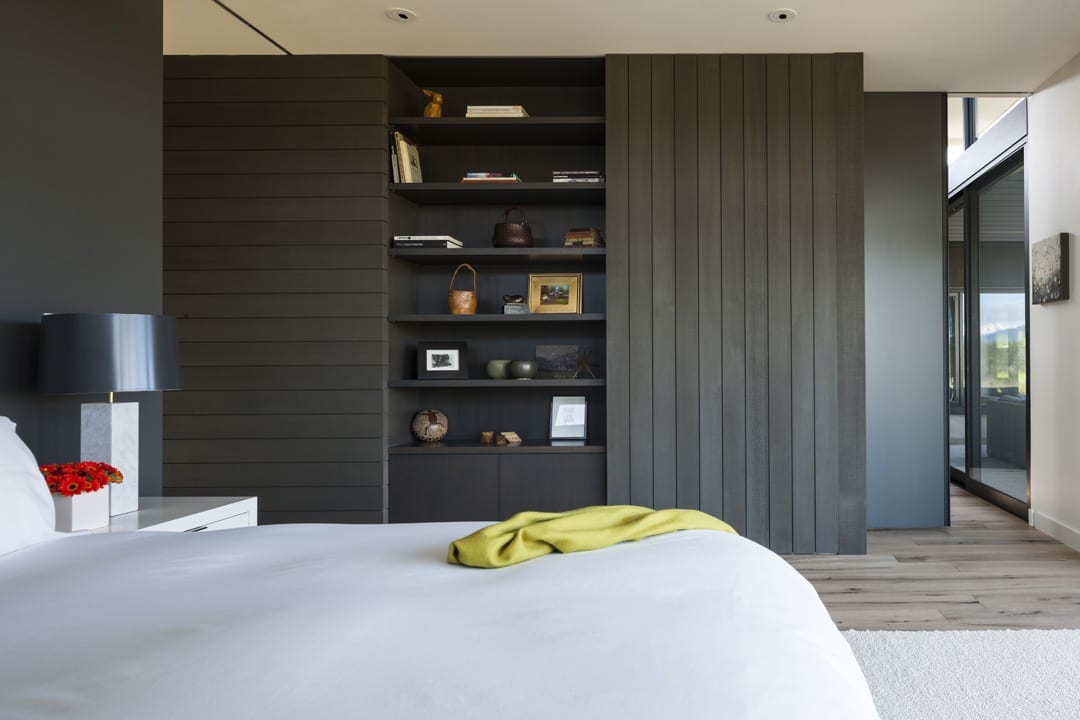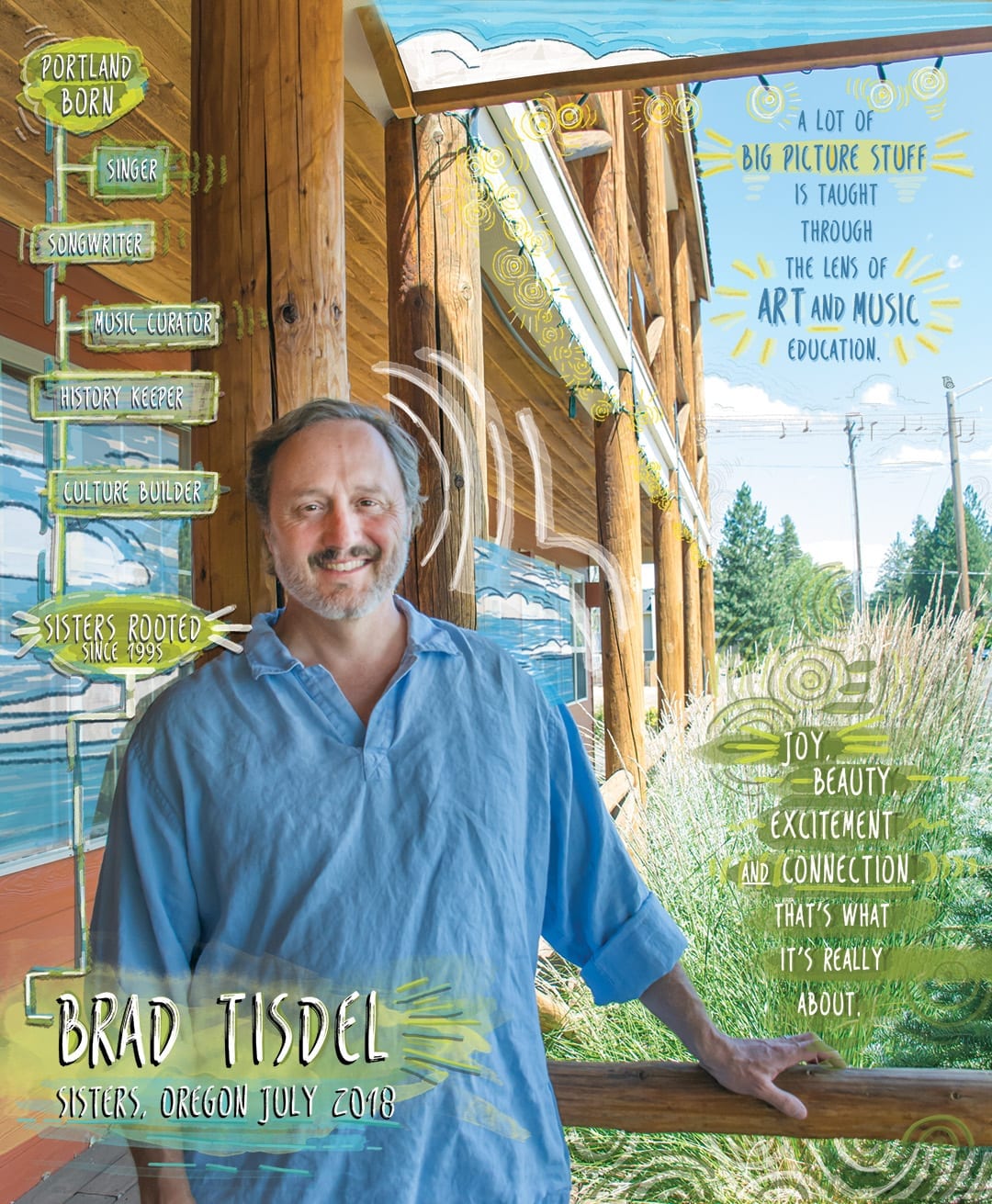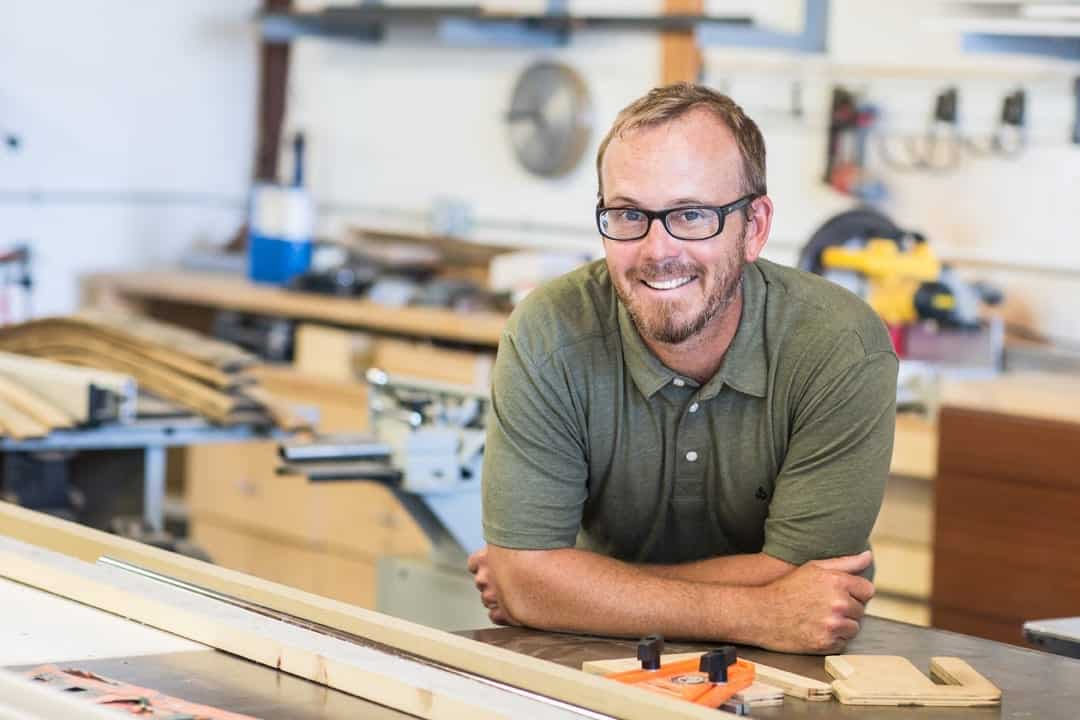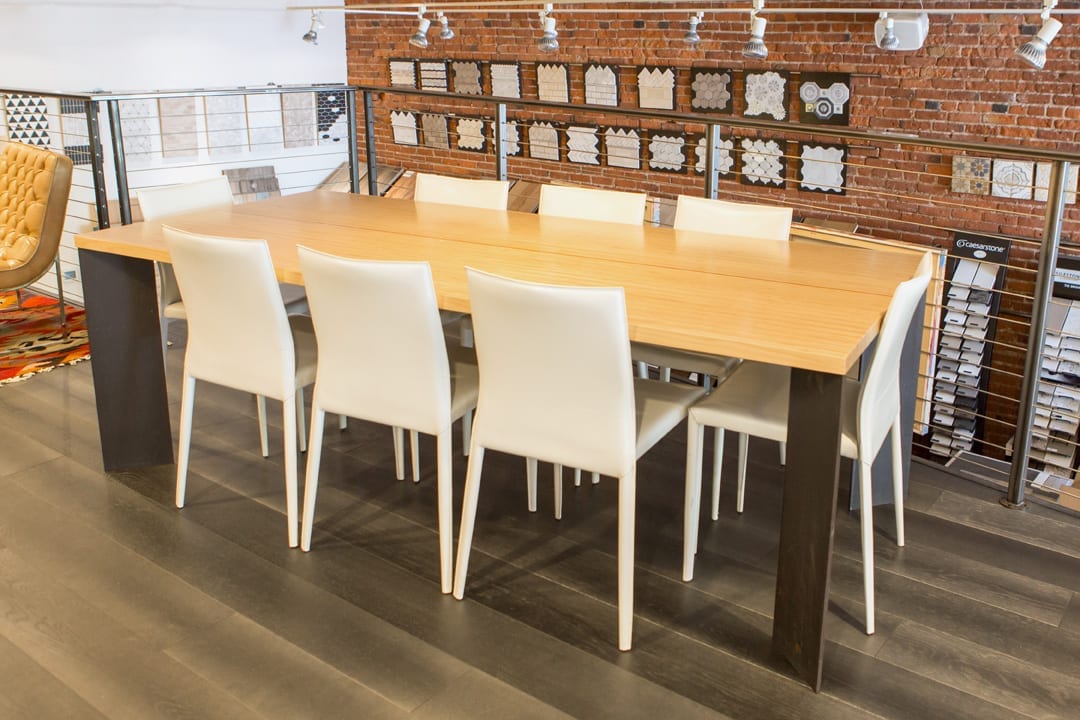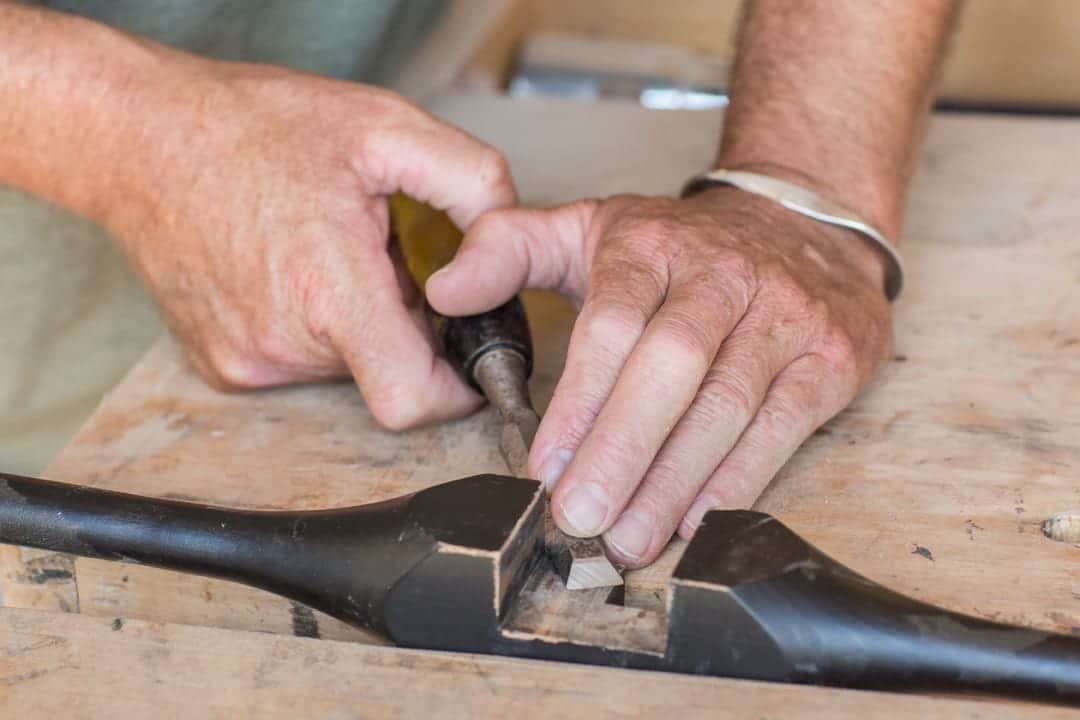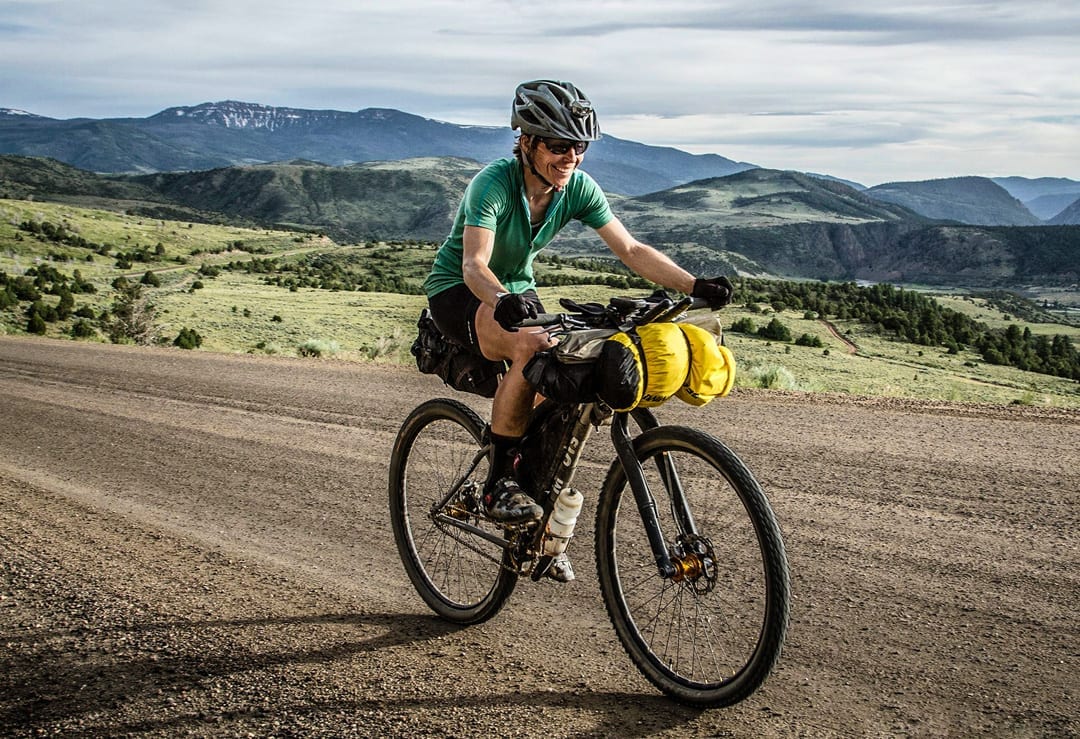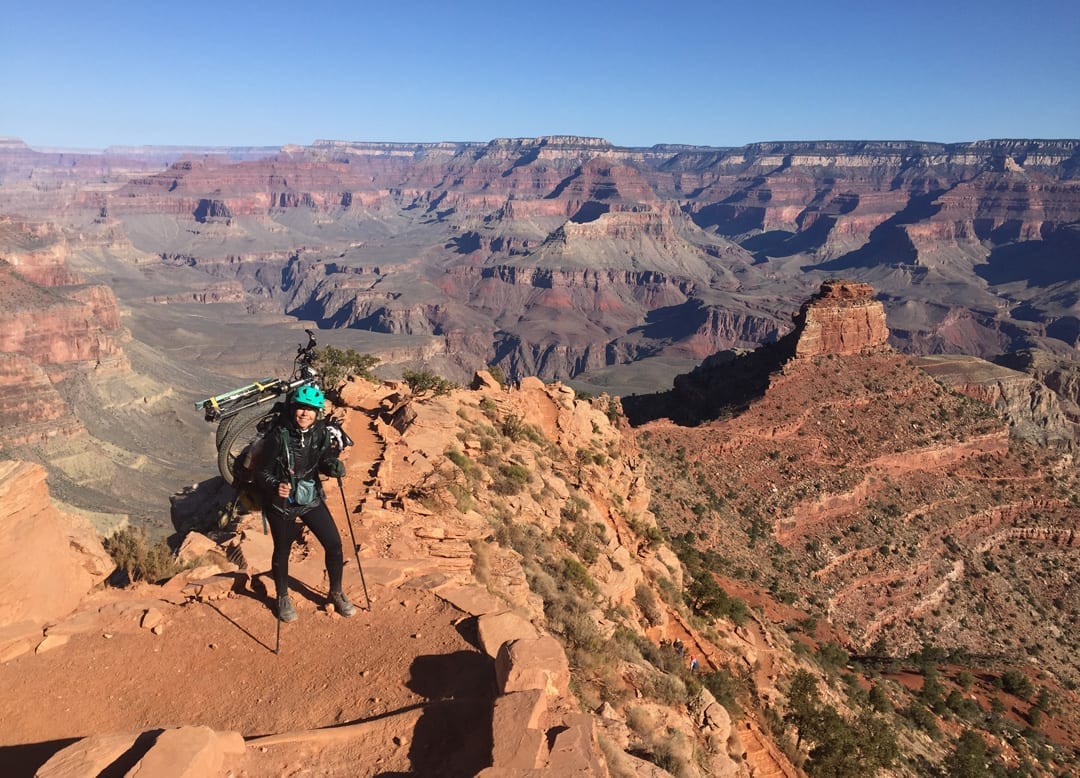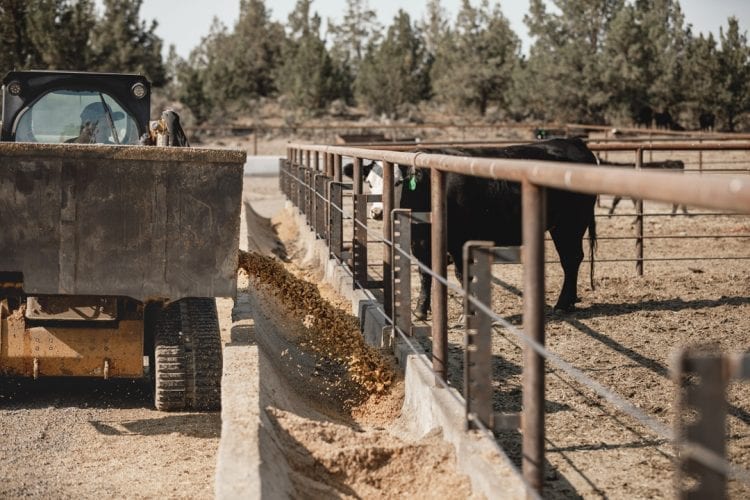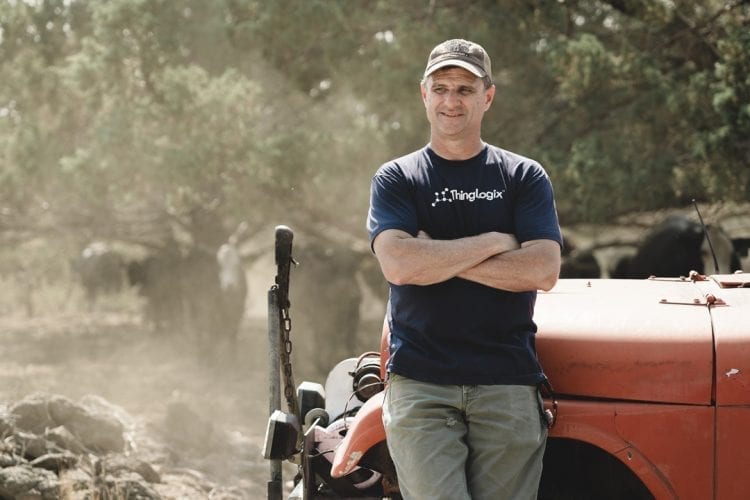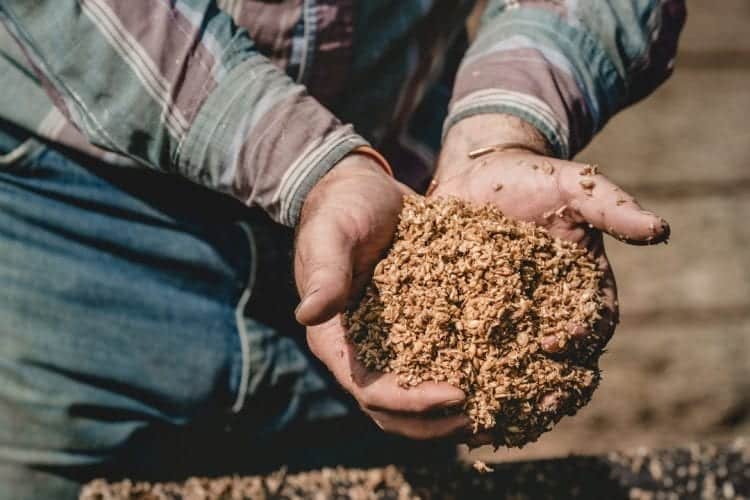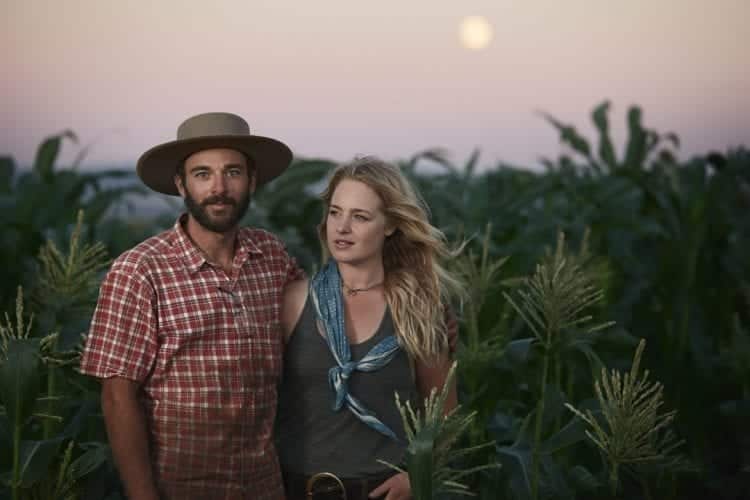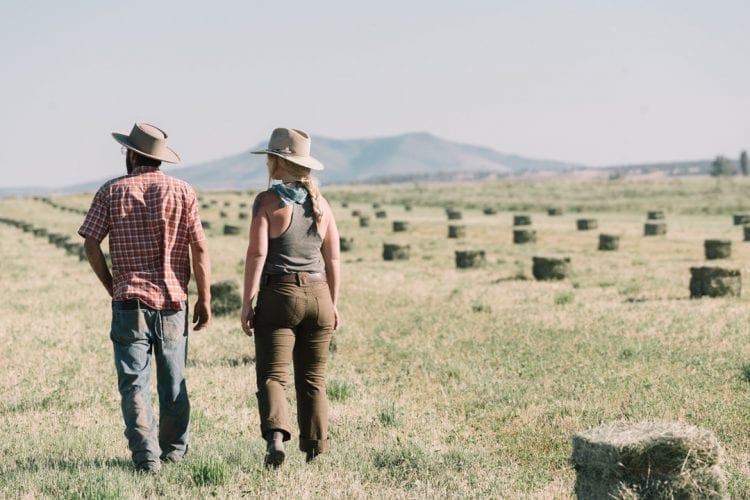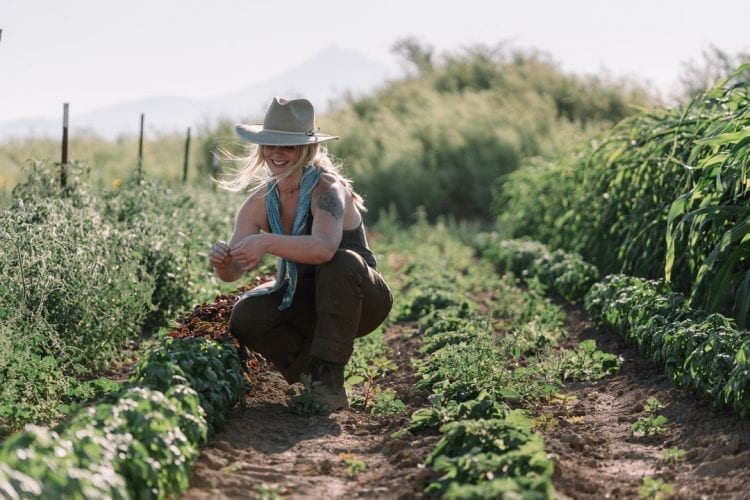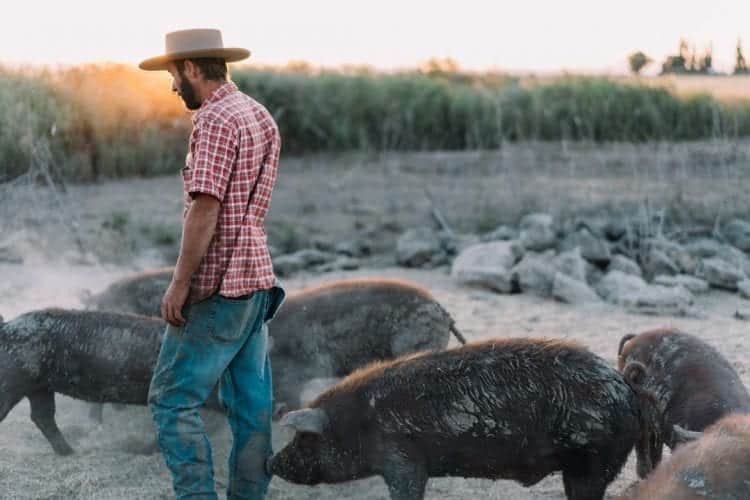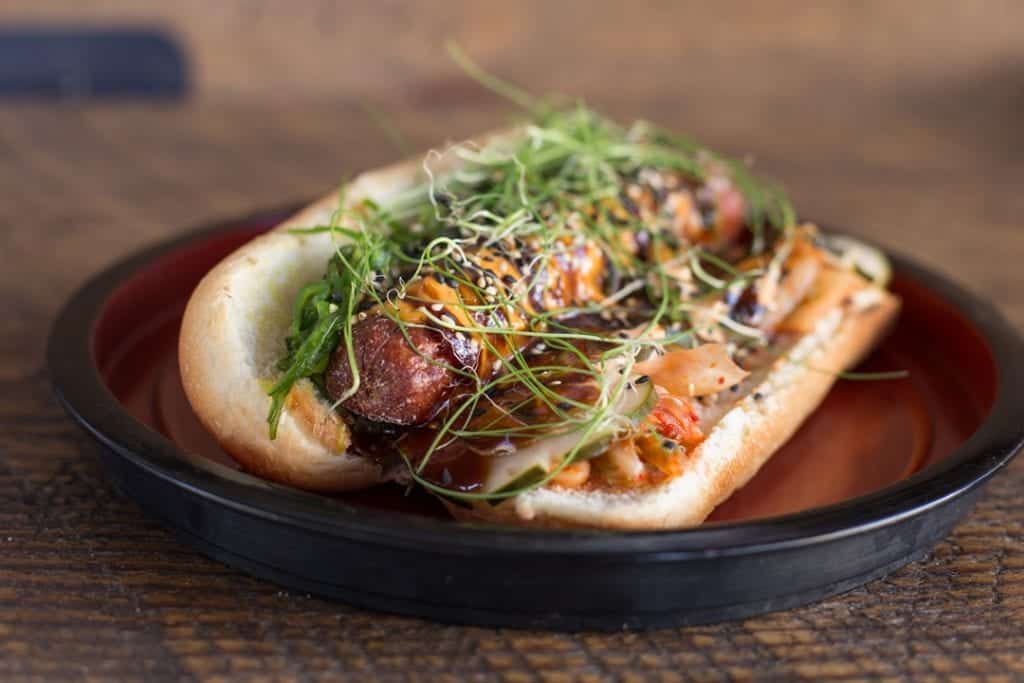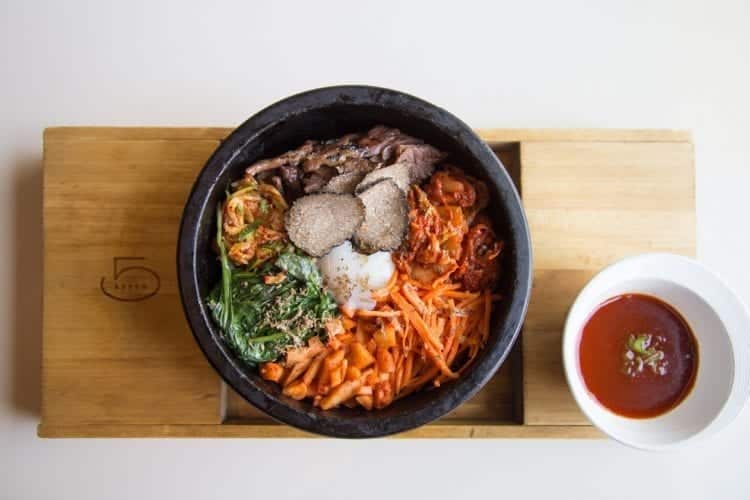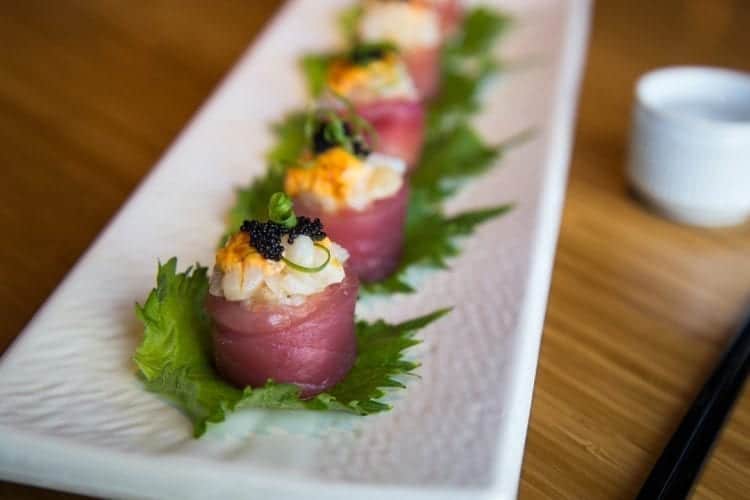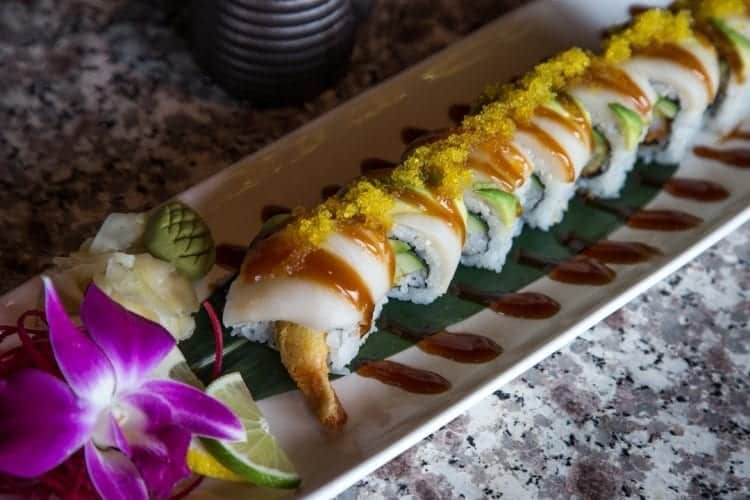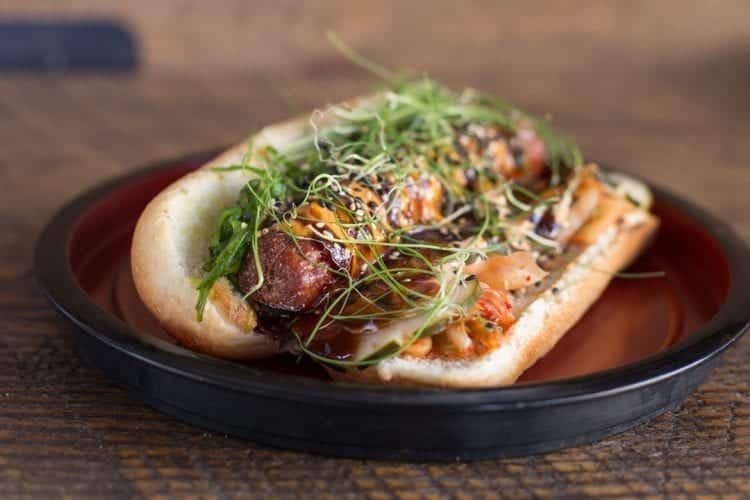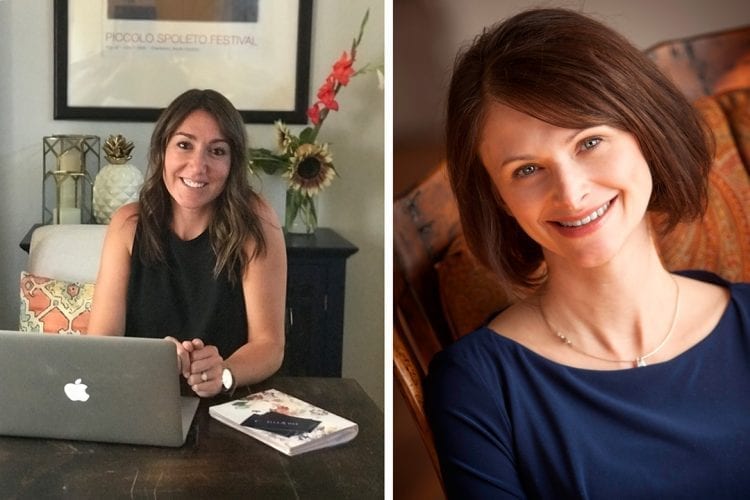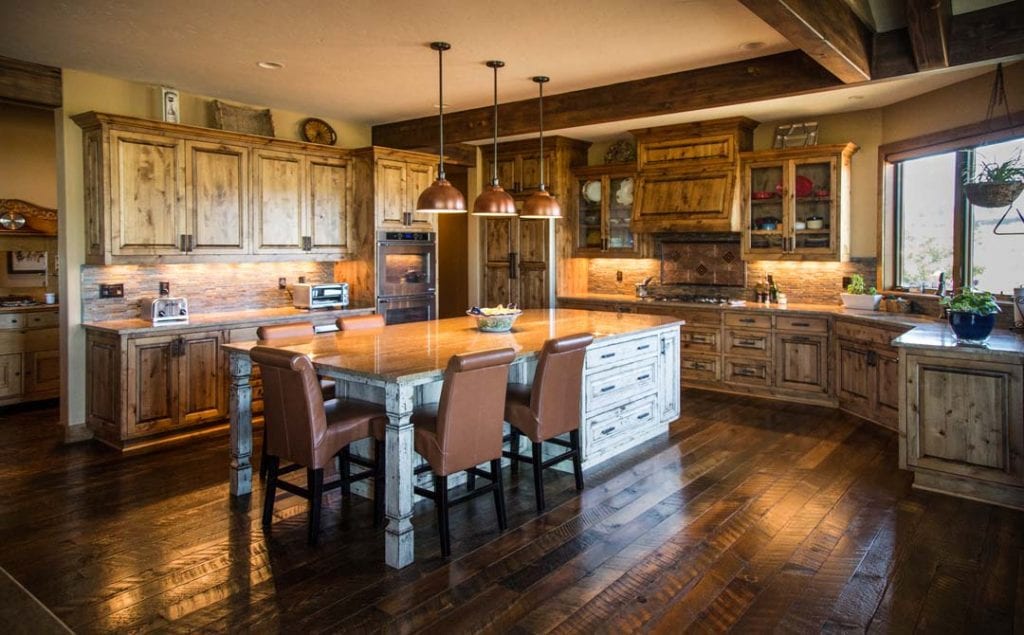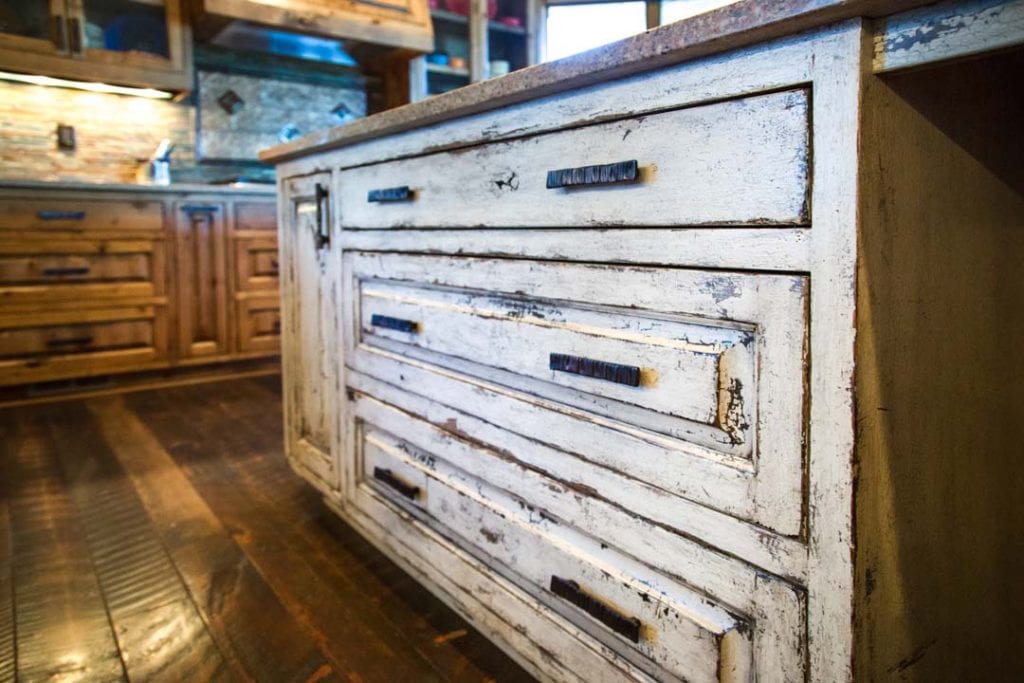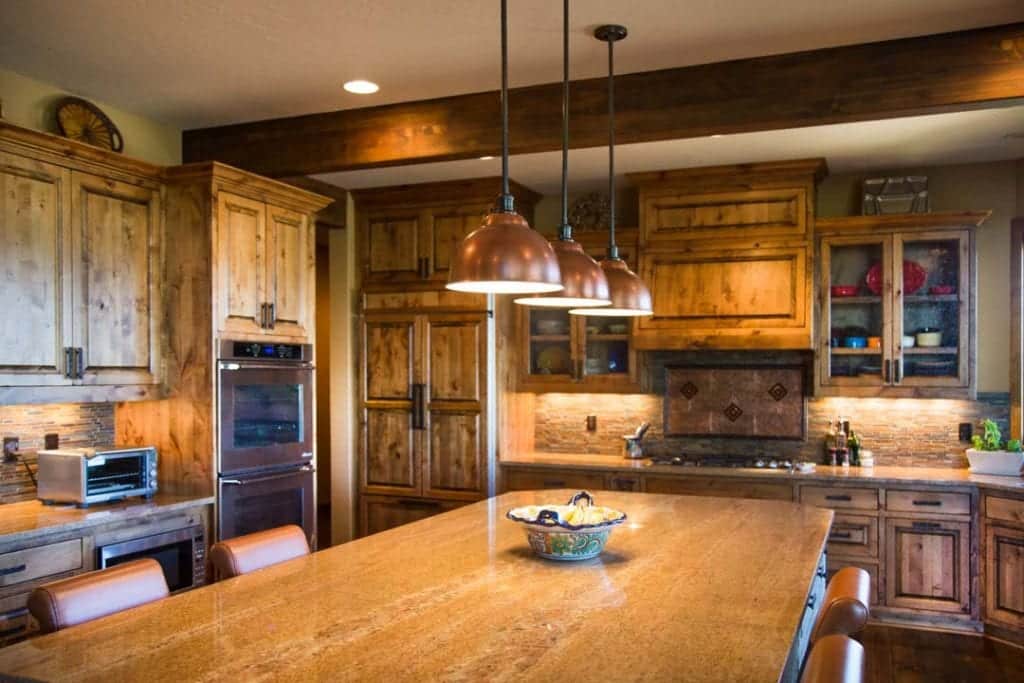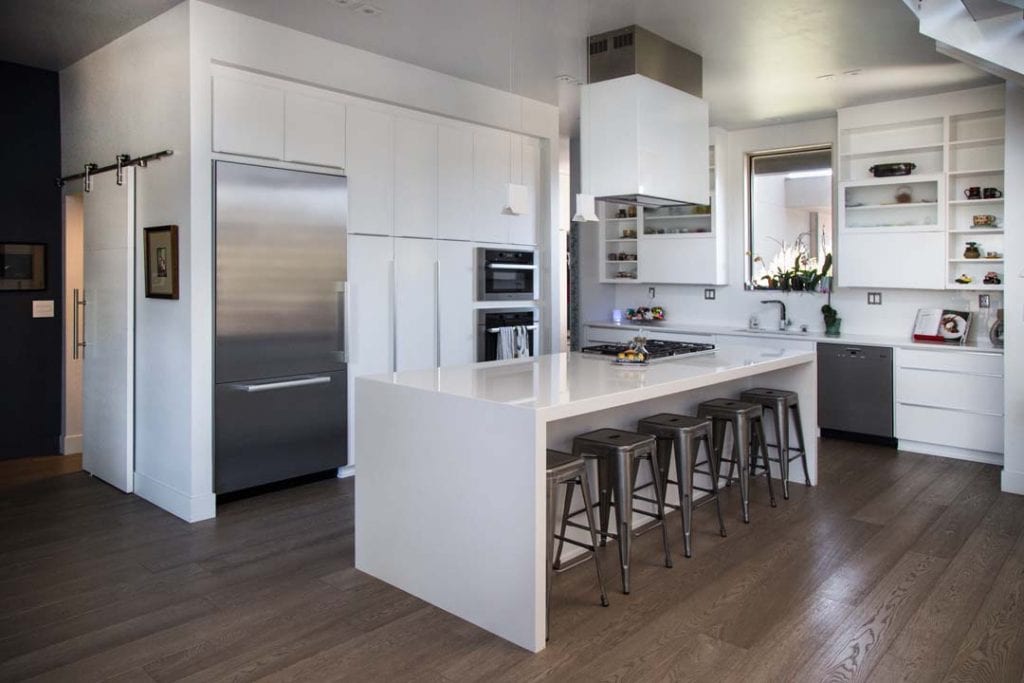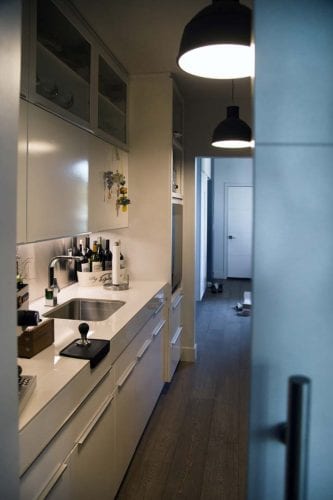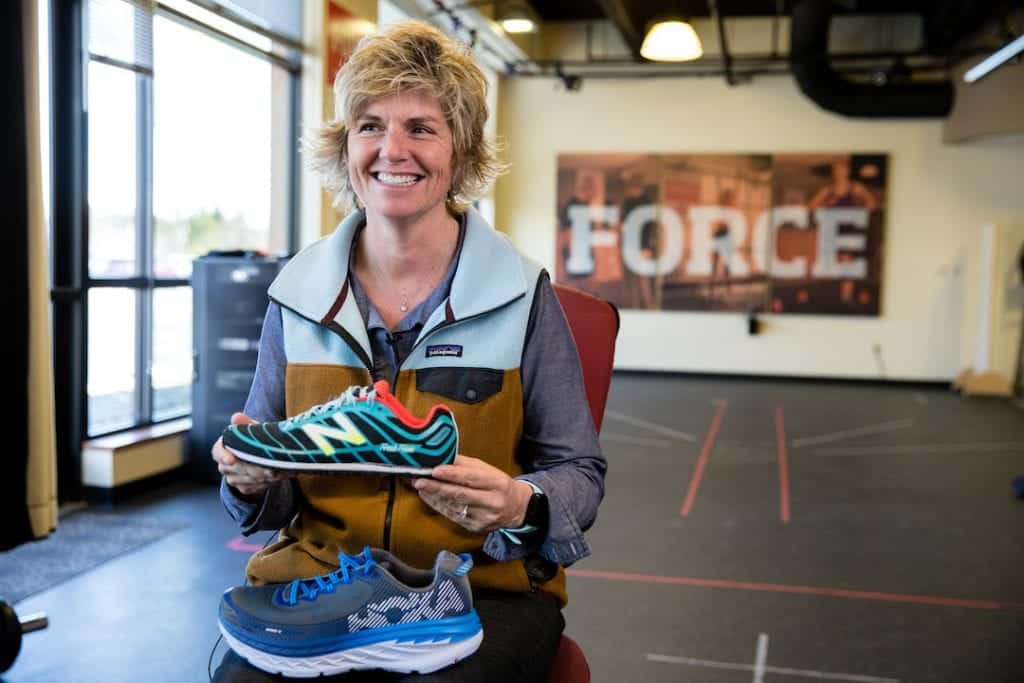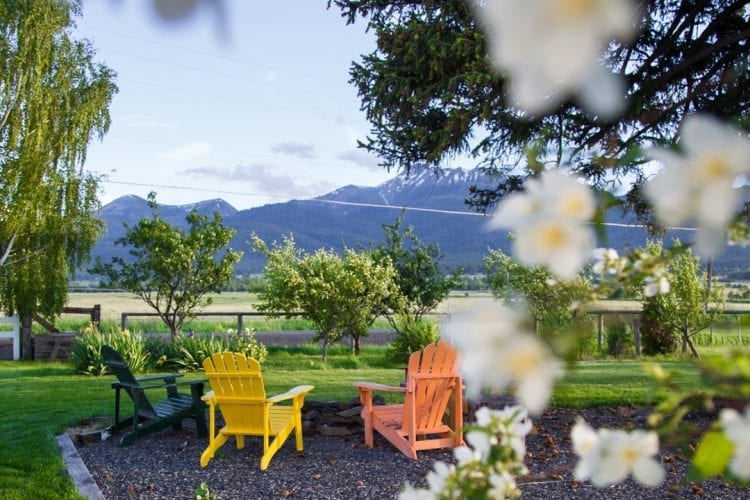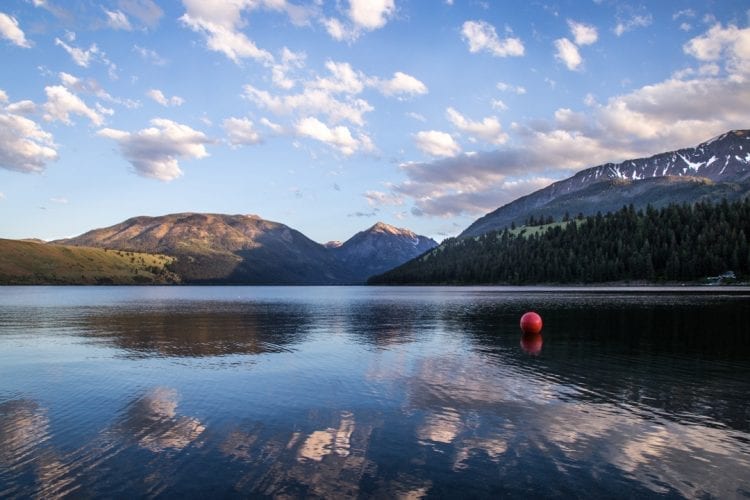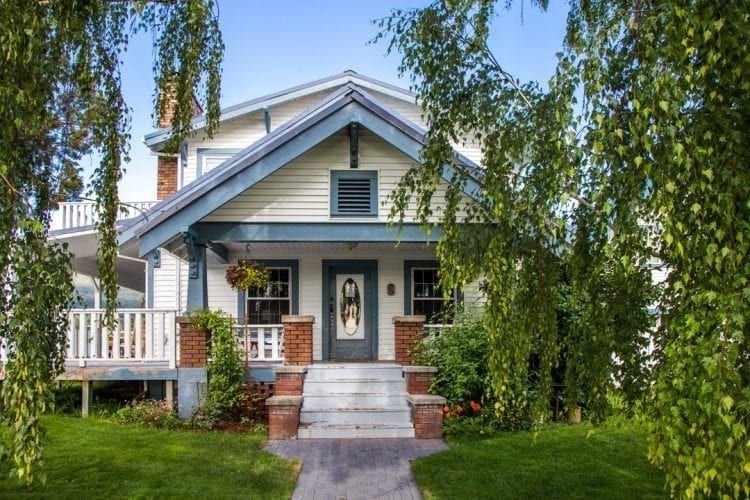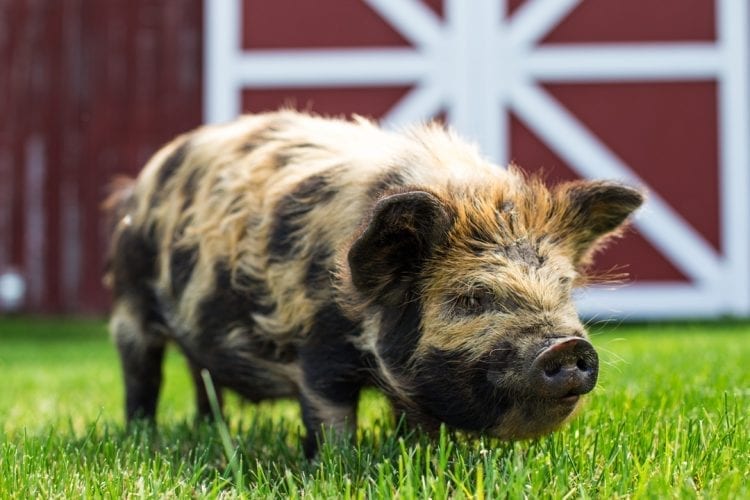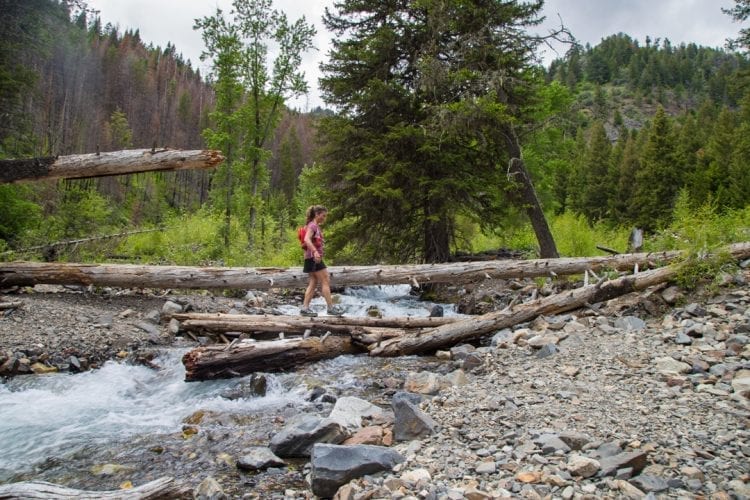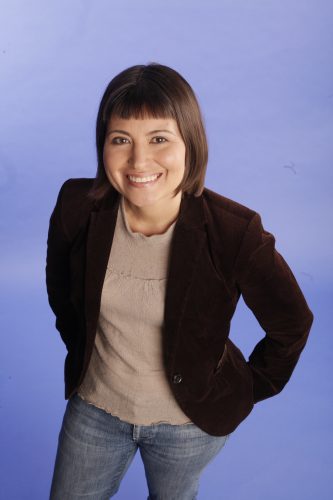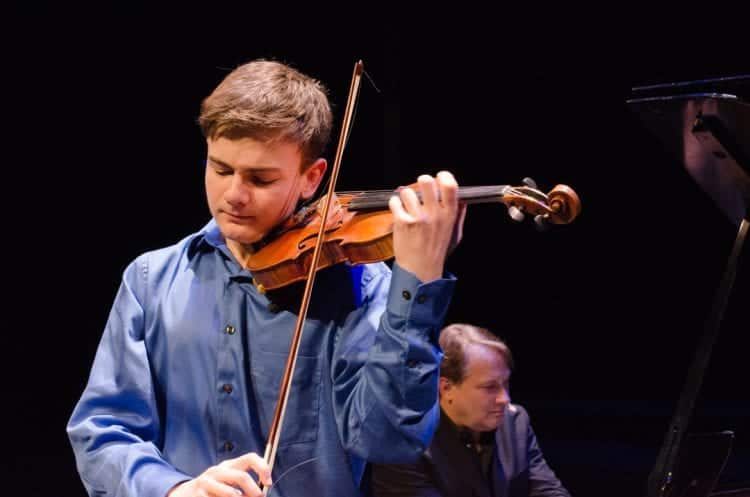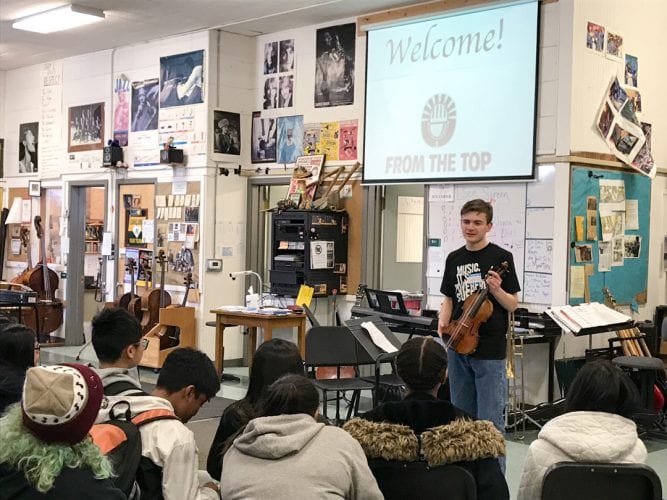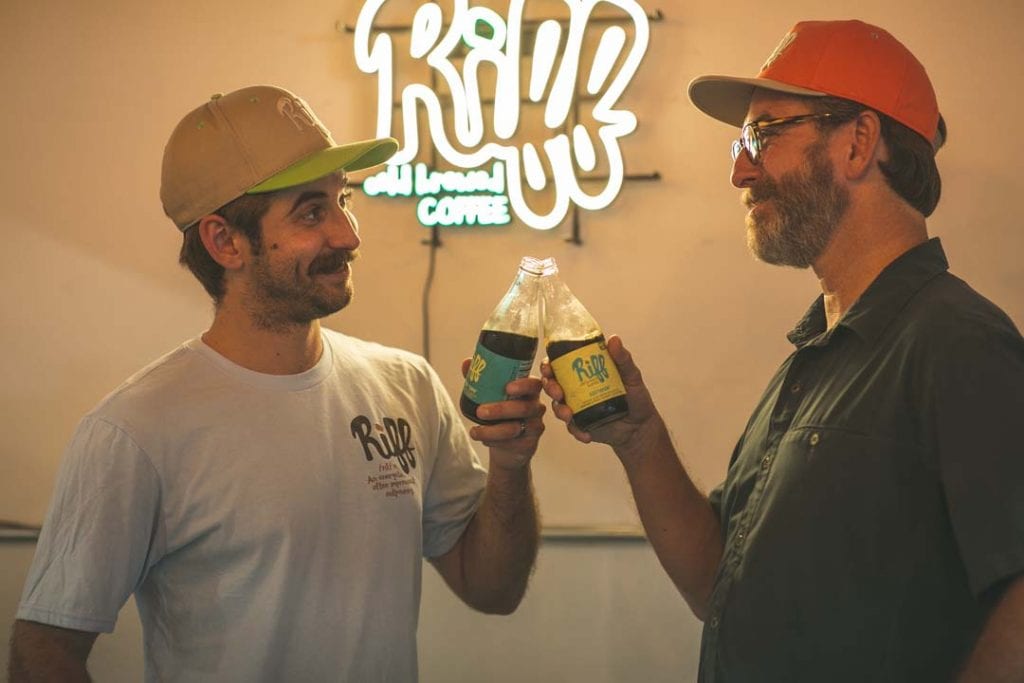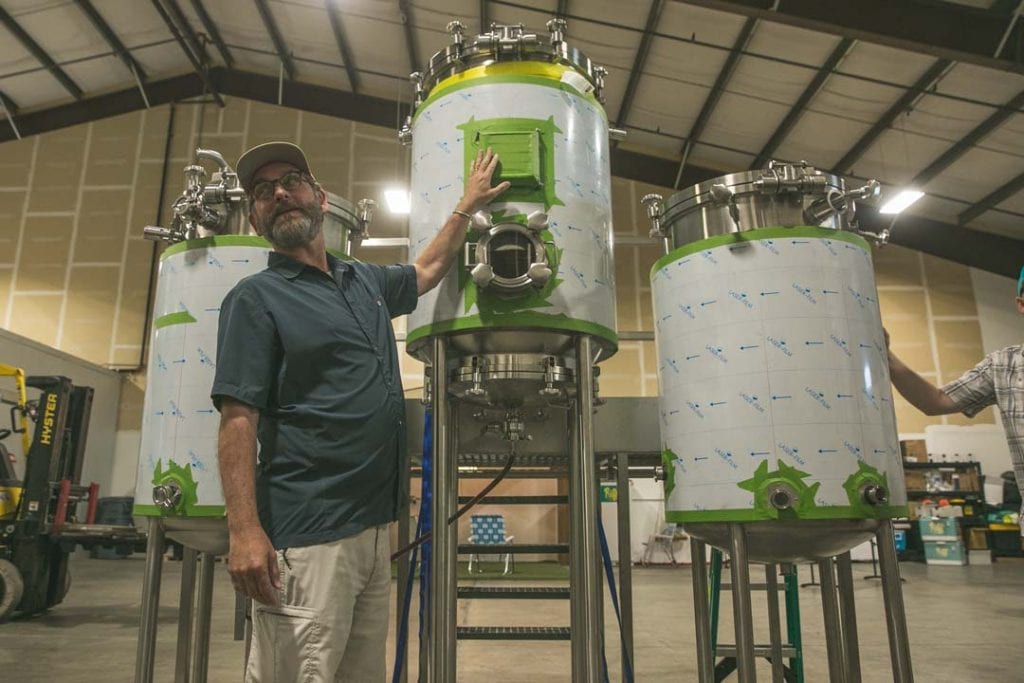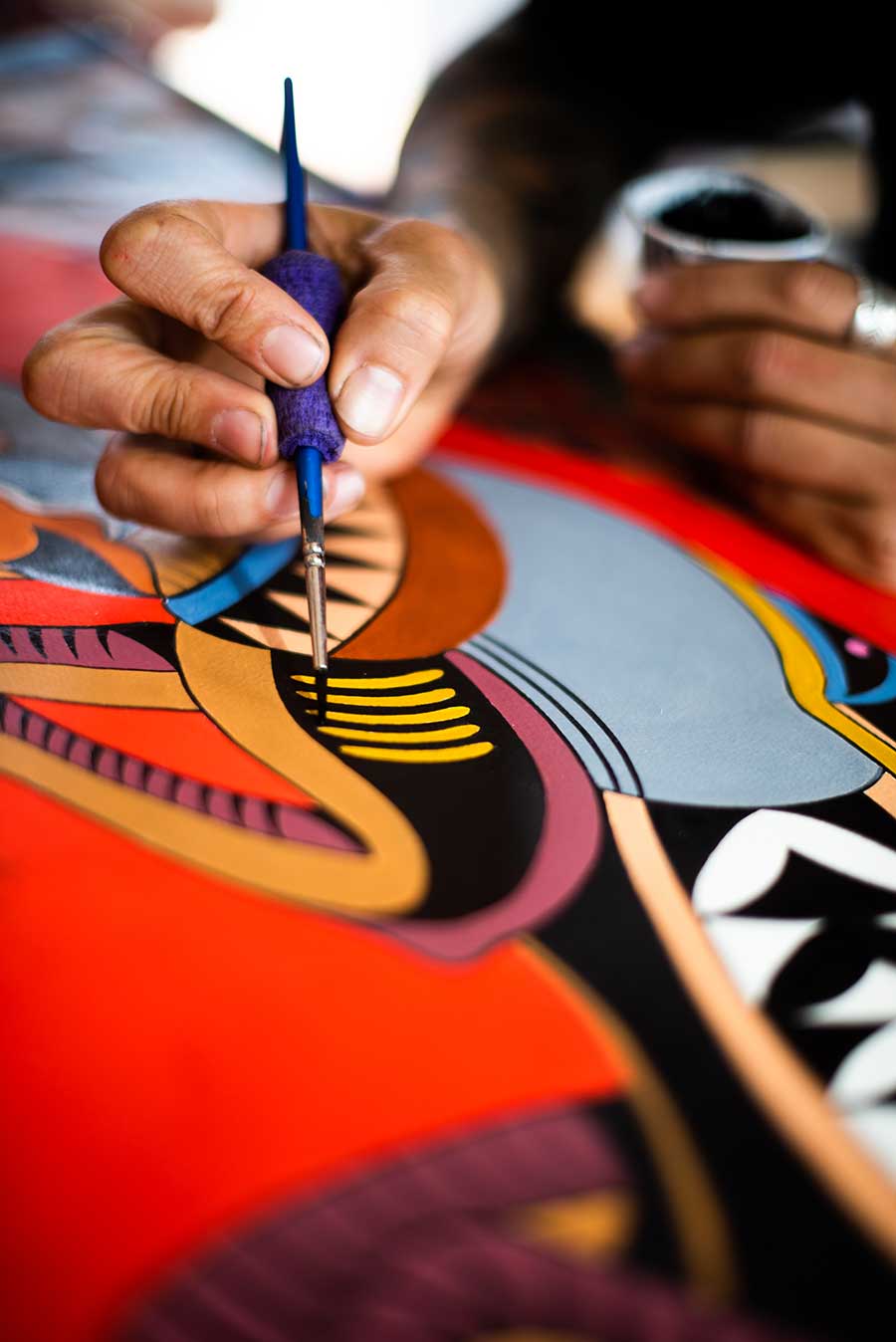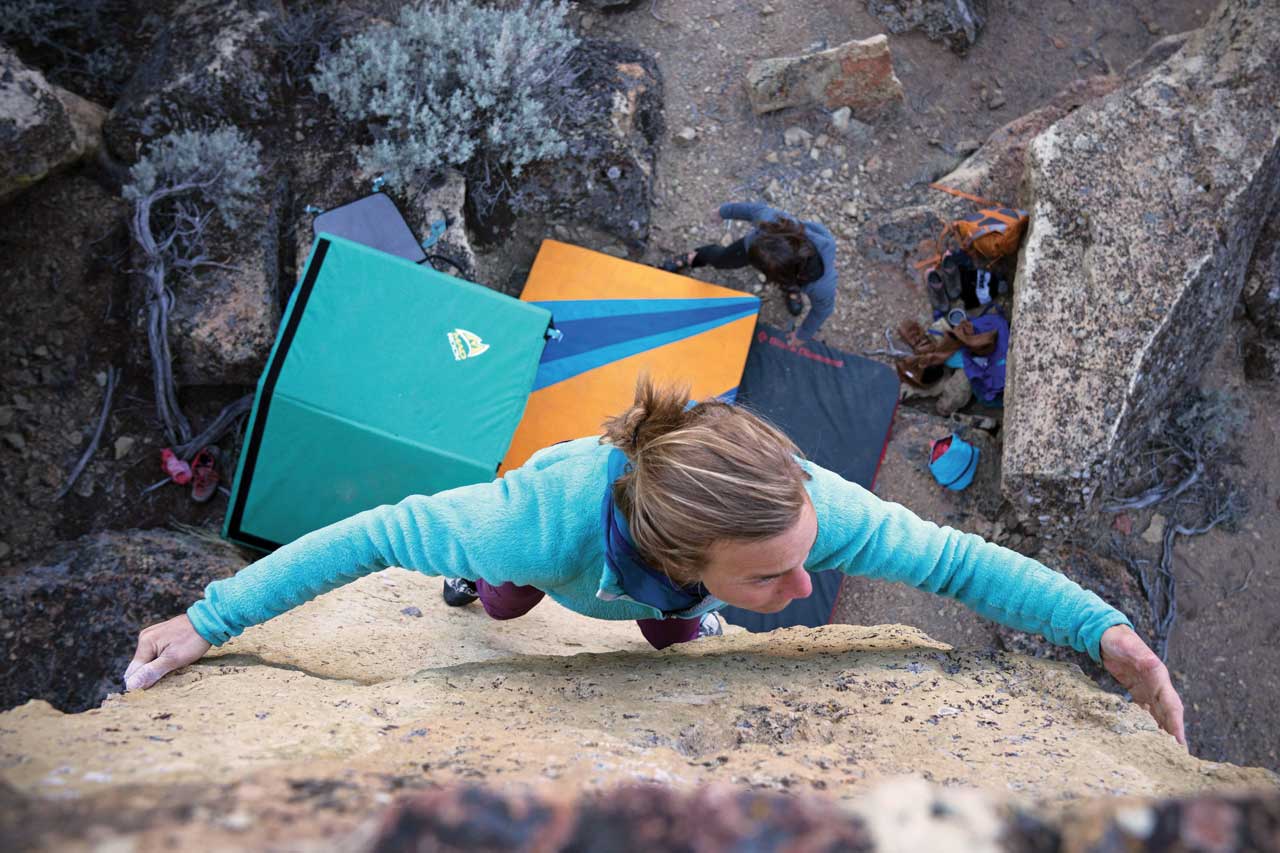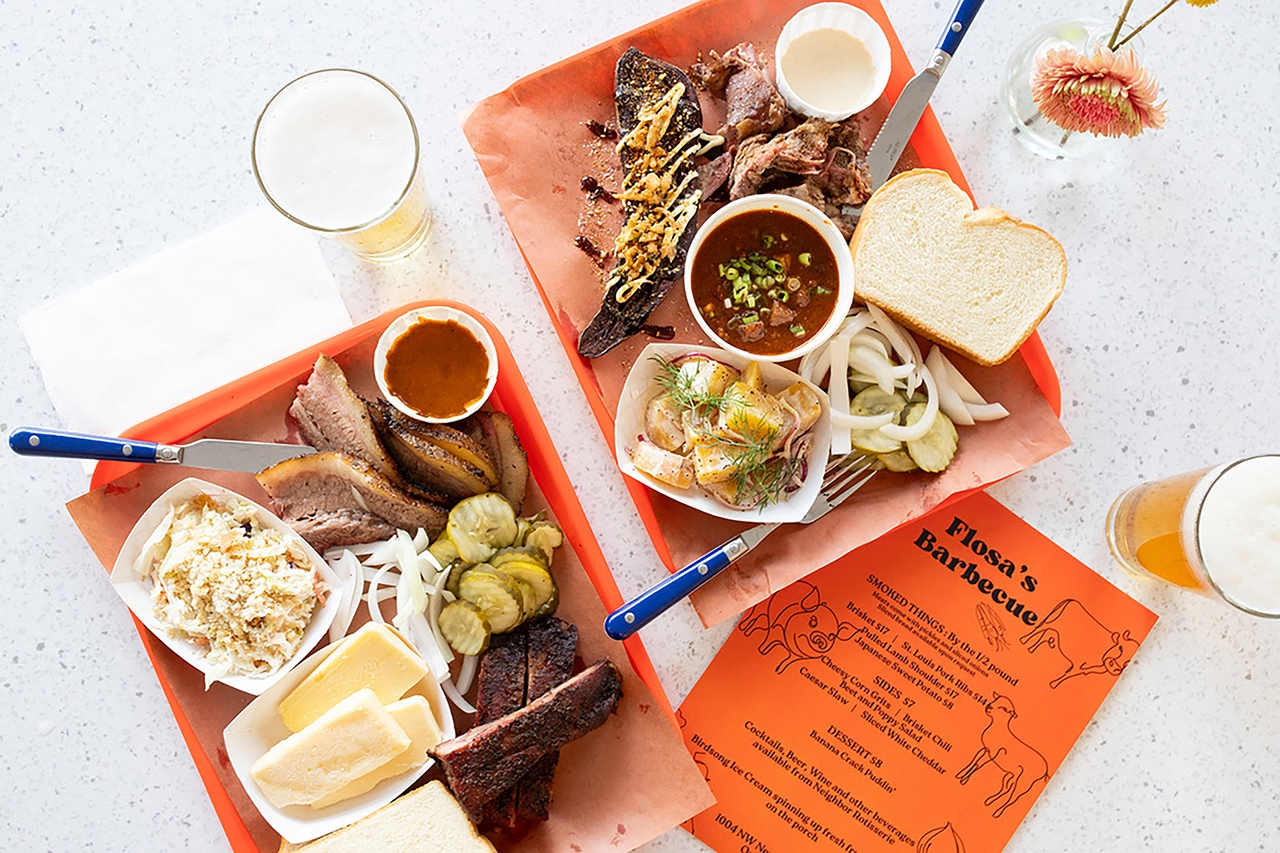As summer slips away into fall, there is a brief window of time where you can witness beautiful fall colors in Central Oregon throughout the region. Here’s your guide to not missing out.
Fall has arrived. That means it is time to dig out the scarves, find our fleece-lined jackets and footwear, don our thickly-knitted wool caps, and set aside the weekly stipend to curb our cravings and sustain our thirst for pumpkin-spiced lattes, ales and various deserts. But let us not forget; this season, which many of us look forward to, is also a time of change for the flora of Central Oregon. That’s right, it is time to watch trees.
Before we paint you a clear road map of where to go to see some of the best fall sights in Central Oregon, let’s dig into the science behind it all.
So why do leaves change color and fall?
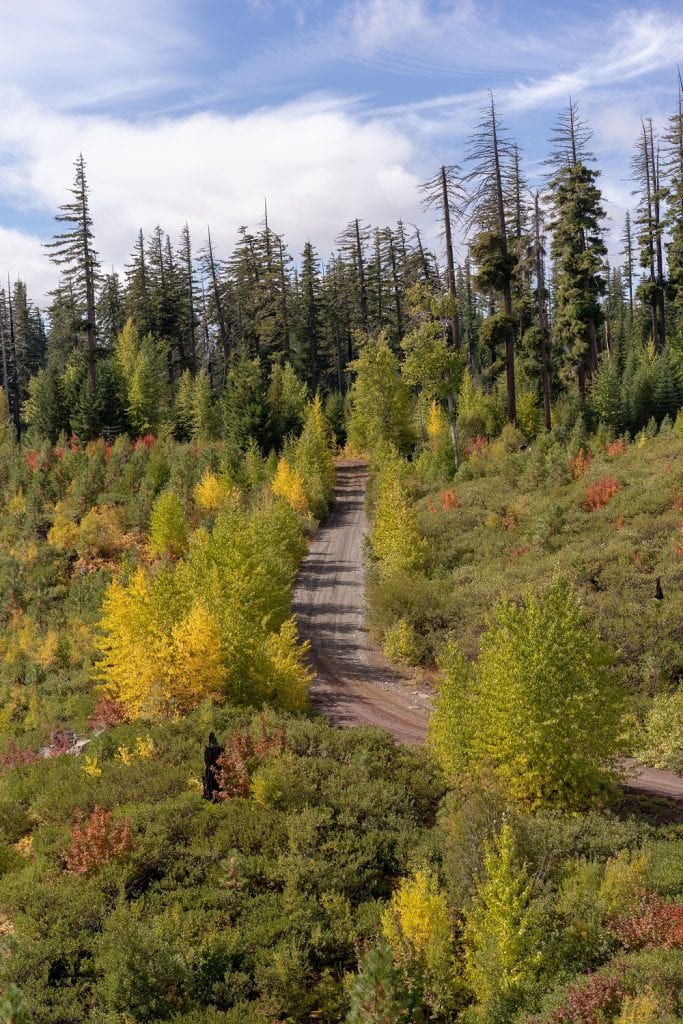
Common deliberation may tell you that high winds and cold temperatures are the culprits behind autumn leaves falling, and honestly, you wouldn’t be completely wrong to say so. At first glance, this widely shared piece of wisdom seems simply plausible as a mechanism of force. As it turns out, weather doesn’t quite provide the catalyst for falling leaves, as much as it is the trees making a choice of efficiency; choosing to make a simple budget cut.
During the early weeks of fall, many trees and other plants are faced with a choice. The problem at hand is a weighing of costs and benefits of the leaves. As less and less sunlight is available, and the temperatures continue to drop, the tree must decide whether or not the leaves are worth keeping. Leaves provide much needed photosynthesis for trees. They absorb the rays of the sun, and turn it into usable energy. As the leaves slow their levels of photosynthesis, the green chlorophyll is broken down, leaving behind the varied coloration of leaves we seen this time of year.
As the leaves become less and less efficient to the tree, where the cost of energy output for keeping the leaves from freezing outweighs the benefit of energy from photosynthesis, the tree chooses to simply eject the leaves from its system. If you want to sound smart at your next gathering, you can explain this process to your friends as family as “abscission.” During abscission, the tree experiences a lack of chlorophyll, and then releases chemical hormones that signal the cutting of the leaves. It’s a tree making a decision to “trim the fat.” (Similar to me telling myself that the dozen or so of pumpkin ales I want to have this week might not be exactly financially sound, and maybe I should stick with the far more cost-efficient water.)
That’s all well and good, but let’s get to the important stuff—where do we go to get that perfect fall photo?
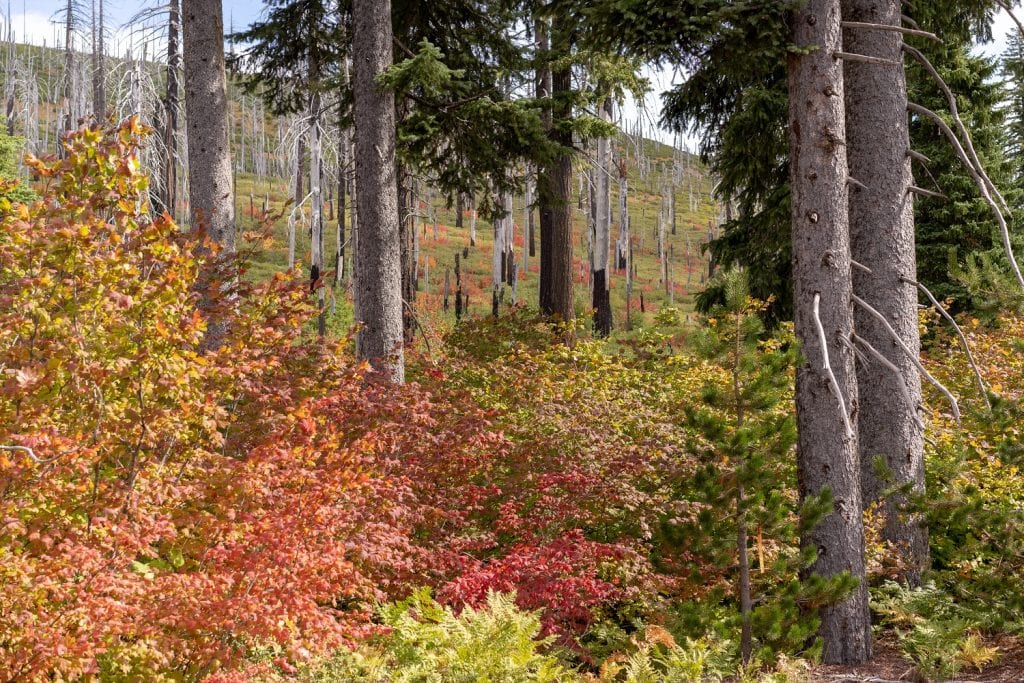
For our many East Coast transplants here in Central Oregon, the term “leafing” in the fall is well known. For those of our residents who hail from the southern reaches of the West Coast, the term may be completely unknown. It’s simply a term given to activity of seeking out fall colors in changing leaves. But for all of who now call Central Oregon home, regardless of our origins, finding a bit of fall color in the trees and shrubs around us may present a particular challenge. After all, we are in the high desert, where comparatively few deciduous, color-changing plants are found native to our region.
Of course, you can’t go the season without making at least one annual visit to Drake Park, where oak trees stand in plenty, releasing their pre-winter wares. For the true feeling of fall in Bend, this park is a must-see. I, for one will, be taking my children, a rake, our dog, and an iPhone for our yearly photo session of live-action shots in the romping of piles upon piles of beautifully arrayed fallen leaves. But what if you are feeling a little more adventurous?
Fear not, my fellow leafers. You need not travel far to find fall colors in the wilds of Central Oregon. Simply drive west. A few dozen miles will do. Head over on Highway 20, not far from Sisters. There, on the cusp of where the east side of the Cascades meets the west, you will find a sight unknown to even to most well-rehearsed East Coast leafers, here the colors of autumn can be found hiding in the most unlikely of places. Groves of quaking aspen can be found woven between the color-challenged ponderosas pines. Peer even farther into the unique, as low-lying Vine Maple and Douglas Maples are sprinkled throughout jet-black obsidian flows and other rocky croppings, creating sights visible for a only matter of weeks before snow comes and blankets all that surrounds.
If you can, schedule yourself a flight over the Central Oregon Cascades during the transformative weeks of October. There you will see how truly unique our fall is. Yes, it is shorter than most of us prefer. If you have lived here long enough, it almost feels as if you are tossed directly from the heat of summer into the bone chilling cold of winter, and autumn only makes a short cameo along the way. But perhaps that is what makes the high desert fall so special. The season may not last a matter of months like it does in many other regions in the United States, but its seemingly fleeting arrival, to me anyway, makes it more worthwhile. So catch it while you can.

